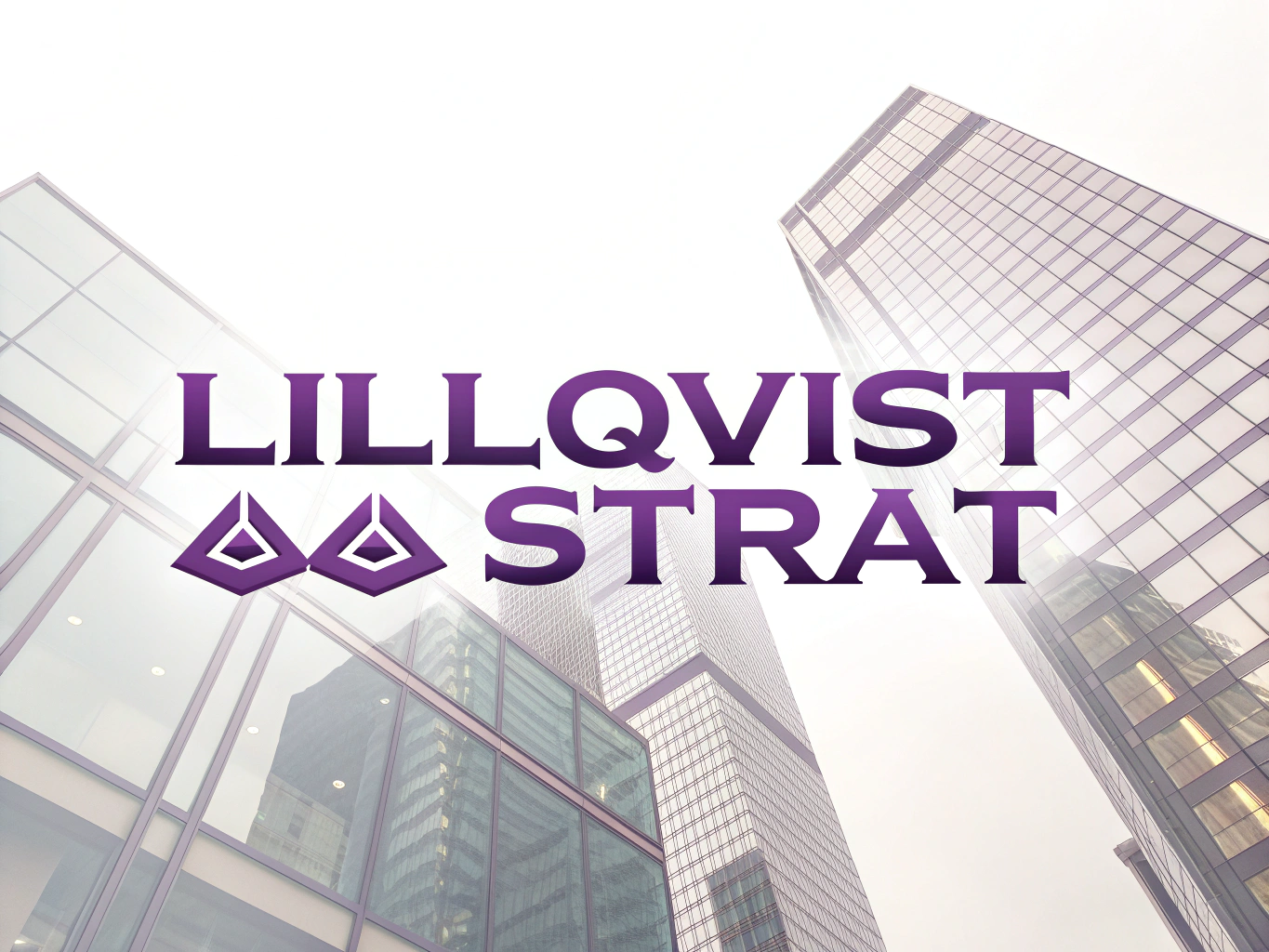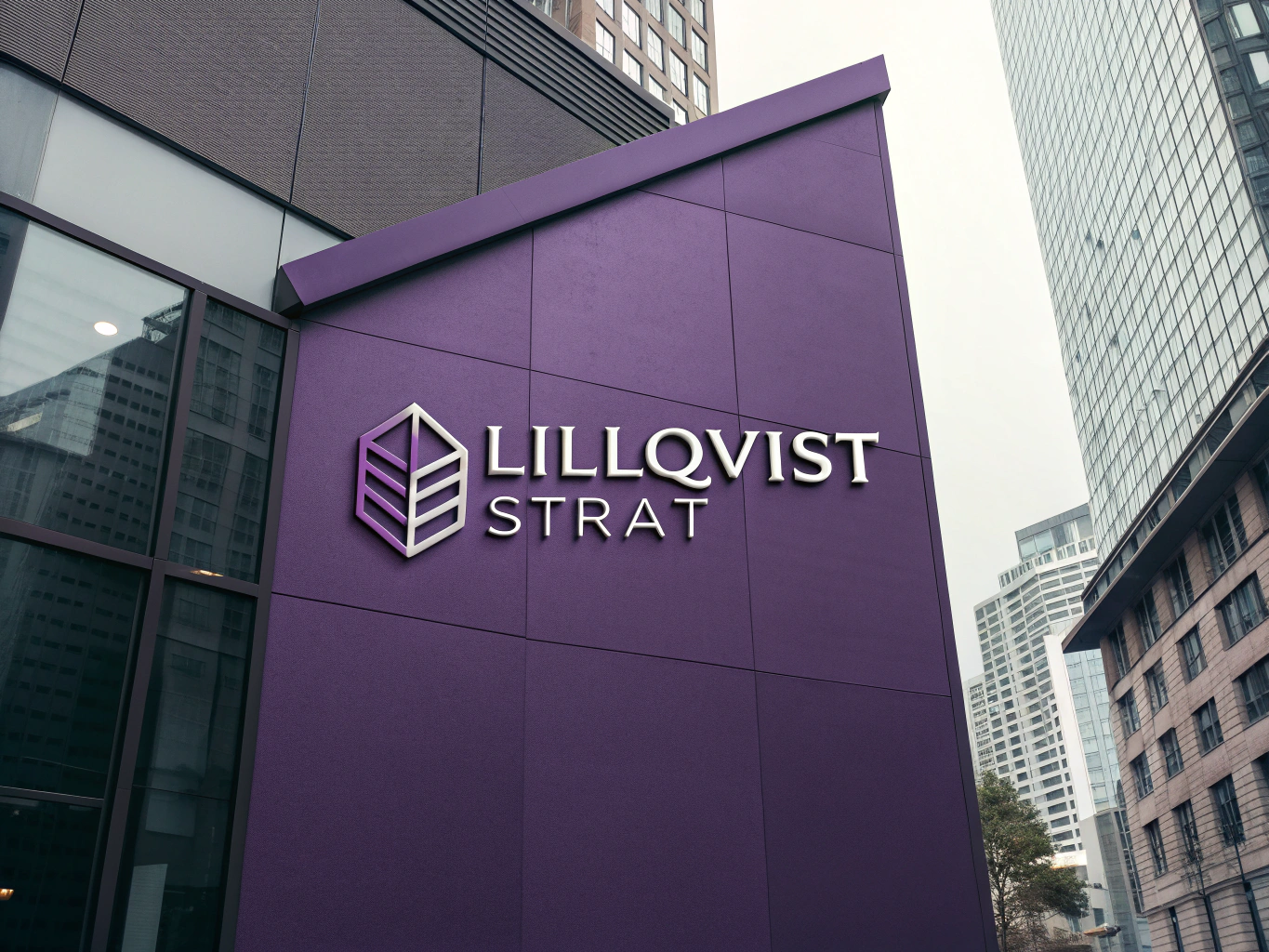In the fast-paced world of retail, inventory management can be a daunting task. Ensuring products are available when customers need them without overstocking can be a delicate balancing act. Fortunately, advancements in artificial intelligence (AI) are making inventory management more efficient than ever before. By implementing AI-powered automated stock replenishment systems, retailers can forecast demand, optimize restocking processes, and reduce the risk of stockouts. In this article, we’ll explore how AI can transform stock replenishment and provide tangible benefits for retailers.
1. AI-Driven Demand Forecasting for Better Stock Management
One of the primary benefits of AI in stock replenishment is its ability to accurately forecast demand. Using historical sales data, weather patterns, consumer behavior trends, and even local events, AI can predict when specific products will be in demand. For example, if the system detects a rising trend for certain snack products due to an upcoming sports event or holiday, it will automatically adjust stock levels to meet anticipated demand.
AI systems use machine learning algorithms that continually learn from past data, adjusting predictions as new patterns emerge. This ensures that retailers are always stocked with the right products at the right time, minimizing the risk of both overstocking and stockouts.
2. Automating the Restocking Process
Once demand forecasts are generated, the next step is automating the restocking process. AI can integrate seamlessly with retail management software and suppliers to automatically place orders when inventory falls below predefined thresholds. This integration allows the system to trigger automatic orders without requiring manual intervention, significantly reducing the time spent on restocking tasks.
For instance, if a particular product’s stock level drops to a predefined threshold, the AI system can automatically send an order request to the supplier, ensuring the product is restocked before running out. This automation ensures that stock levels are maintained consistently, and the risk of running out of popular items is minimized.
3. Supplier Integration for Seamless Operations
Integrating AI with suppliers is a crucial step in optimizing the stock replenishment process. By automating the ordering process and creating direct connections with suppliers, retailers can ensure that products are restocked efficiently and on time. The AI system can also take into account factors such as supplier lead time, shipping schedules, and product availability, ensuring that orders are placed in a way that minimizes delays.
In addition, AI can help retailers manage supplier relationships more effectively. By analyzing historical performance data, AI can suggest the most reliable suppliers, identify opportunities for bulk discounts, and even optimize the timing of orders to ensure that products are delivered exactly when they are needed.
4. Reducing the Risk of Stockouts and Overstocking
One of the most significant challenges in retail is maintaining the right balance between stock availability and avoiding overstocking. Overstocking can lead to increased storage costs, while stockouts can result in lost sales and customer dissatisfaction. AI-powered stock replenishment addresses both of these issues.
By using AI-driven demand forecasting, retailers can predict fluctuations in demand with a high degree of accuracy. This allows stores to stock just the right amount of inventory, ensuring that popular products are always available without the need for excessive overstocking. This reduces waste, optimizes storage space, and ensures customers find what they need when they visit the store or shop online.
5. Real-Time Inventory Monitoring and Adjustments
AI systems continuously monitor inventory levels in real time, making it easier to spot discrepancies or changes in product demand. If the AI detects a sudden surge in demand for a particular product, it can automatically trigger restocking orders even before inventory reaches critical levels. On the other hand, if a product is underperforming, the system can recommend adjustments to reduce the restocking frequency and free up space for higher-demand items.
This real-time inventory monitoring and adjustment mechanism keeps retailers agile and responsive to market trends, ensuring that they can meet customer demand without overstocking.
6. Practical Example of Automated Stock Replenishment
Let’s look at a practical example of how AI-driven automated stock replenishment works. Imagine a retailer selling beverages that typically see a spike in sales during summer. The AI system analyzes historical data, identifies the seasonal trend, and forecasts an increase in demand for cold drinks.
The AI system then automatically adjusts stock levels based on this forecast and places an order with the supplier to replenish stock in advance of the expected demand surge. The system also monitors inventory levels in real time, ensuring that stock remains consistent throughout the season. If stock begins to run low, the AI will automatically place a reorder, keeping shelves stocked without overstocking.
7. Benefits of Automated Stock Replenishment
- Improved Stock Availability: Automated restocking ensures that high-demand products are always available, reducing the risk of stockouts.
- Cost Savings: By optimizing inventory levels and avoiding overstocking, retailers can save on storage and excess inventory costs.
- Time Efficiency: Automating the restocking process reduces manual intervention, freeing up employees to focus on other critical tasks.
- Data-Driven Decision Making: AI-powered systems provide retailers with real-time insights into inventory performance, helping to make smarter stock management decisions.
8. How Lillqvist Strat Can Help
At Lillqvist Strat, we specialize in helping retailers streamline operations and optimize stock management through AI and automation. Implementing AI-powered stock replenishment can seem overwhelming, especially when considering integration with existing systems. Our team has extensive experience in deploying AI solutions that integrate seamlessly with retail systems, suppliers, and inventory management tools.
Rather than spending time figuring out how to implement these systems yourself, let us help you navigate the complexities and deploy a solution that will save you time, reduce costs, and ensure your inventory is always aligned with demand.
Contact us today to learn how we can help your retail business leverage AI for smarter stock replenishment and more efficient operations.
Conclusion
AI-powered automated stock replenishment is a game-changer for retailers looking to optimize inventory management. By forecasting demand, automating restocking, and integrating with suppliers, retailers can ensure consistent product availability while minimizing stockouts and overstocking. With Lillqvist Strat guiding the implementation process, you can take advantage of AI-driven automation to enhance your retail operations, save valuable time, and drive revenue growth.

Lillqvist Strat consults on business developement, software projects, automation, SOPs, analytical tools and more.
Contact me today to get started on our journey to higher profits, more revenue and happier employees!
Go to Contact now



